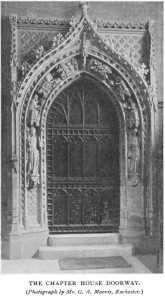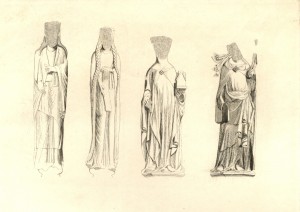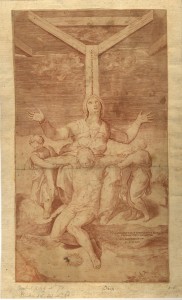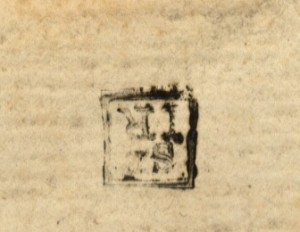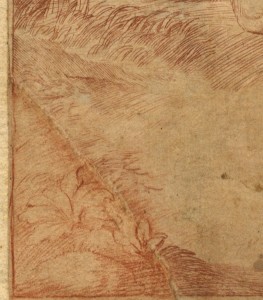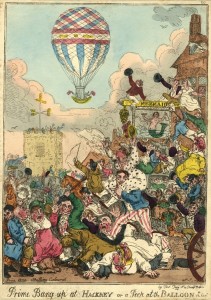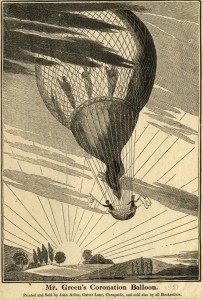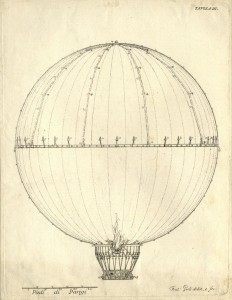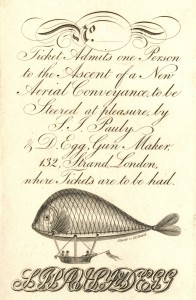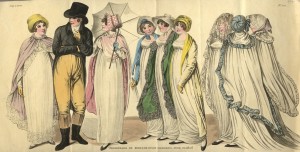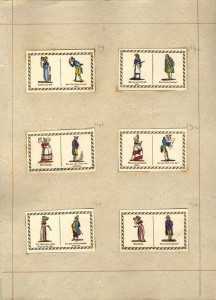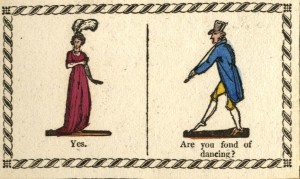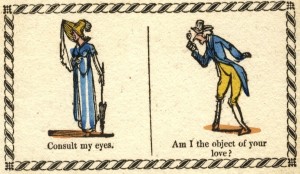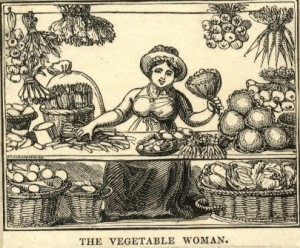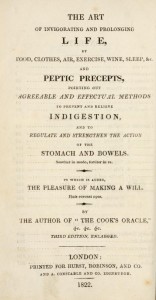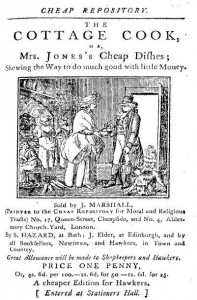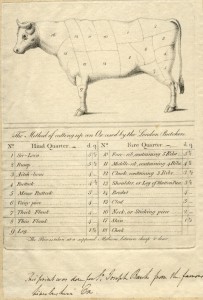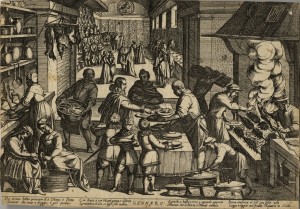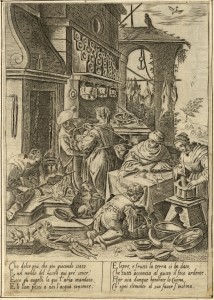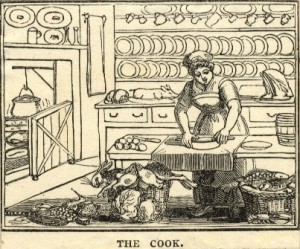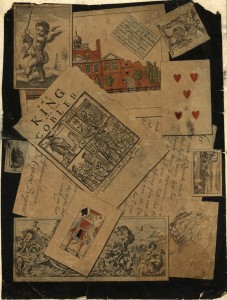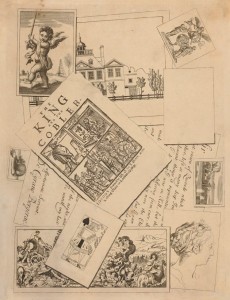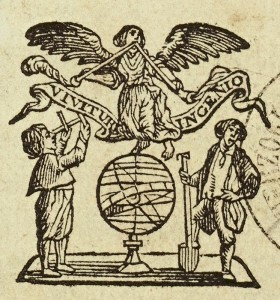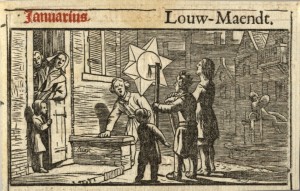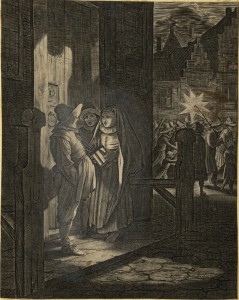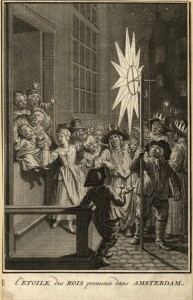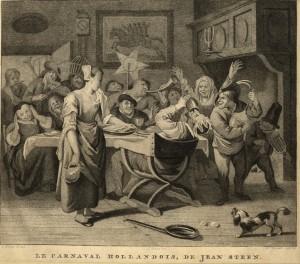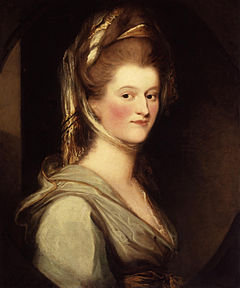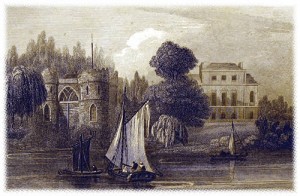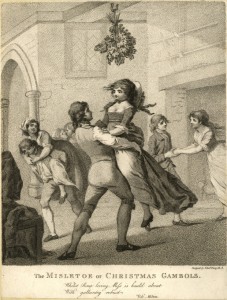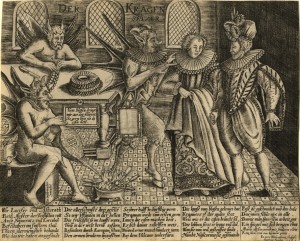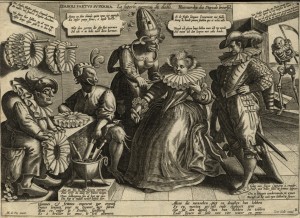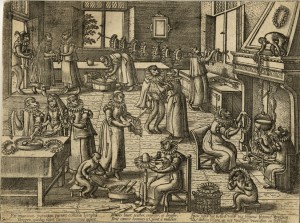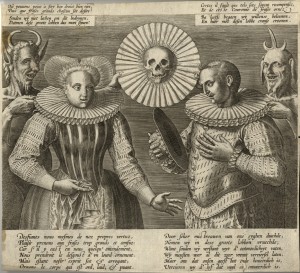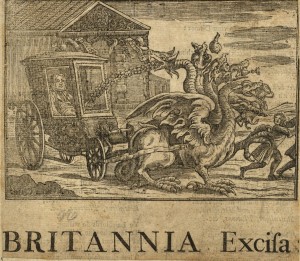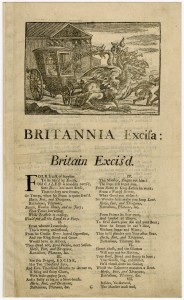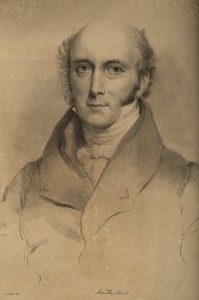Douce counted among his friends not only Thomas Stothard (1755-1834), but also two of his sons, Charles Alfred and Robert. Many works by the former, who was historical draughtsman to the Society of Antiquaries, are kept with Douce’s topographical prints. His brother Robert was less well known -and, apparently, less successful in his dealings with the Society. In September 1830, Douce wrote to Cumberland that young Stothard had been ‘unhandsomely treated’ by the Society, probably referring to his failure to obtain an appointment to replace his brother, who had died in 1821. Douce added, in characteristic fashion, that he could not understand such treatment, since ‘they have certainly employed men of less talent’.
That Robert Stothard was a competent draughtsman is proved by two rather delicate drawings that Douce annotated as ‘Drawn by R Stothard’:
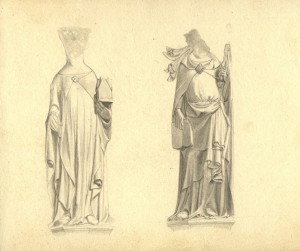
Robert Stothard, Two sculptures from Rochester Cathedral, c. 1825, graphite, ink and grey wash (Ashmolean Museum, Oxford)
The two figures above represent Church and Synagogue -they can be found in the jambs of the doorway to the Chapter Library, Rochester Cathedral. Stothard’s drawings show the sculptures before their restoration by Lewis Nockalls Cottingham in 1825 -the photograph below is from an article on the cathedral signed ‘Dotted Crotchet’ and published in The Musical Times (March 1, 1908), in which the author writes, rightly outraged at this ‘vandalism’, that the ‘ill-fated’ Cottingham ‘transformed the female figure on the left into a mitred bearded bishop!’. The bishop remained in place until the late nineteenth century, when the figure became female again:
Cottingham was an antiquary, a preservationist, and, according to the DNB, an early ‘promoter of an archaeological Gothic revival’. Despite being considered as ‘a careful historicist’, his restoration of the doorway has been unanimously criticised. But it was a suprise to find out that Douce might be the one to blame for the bearded bishop: in her catalogue of the Cottingham exhibition at the Ashmolean, Janet Myles refers to his correspondence with Douce on the subject of this specific figure. Douce agreed that the Church should be represented by a Bishop, rather than by a female personification, and he sent Cottingham ‘a tracing from an old brass’ that seemed to support this choice of iconography (Myles 1998, p. 82). The drawing below by John Carter (who knew Douce and influenced Cottingham) shows the doorway before the two creative antiquaries laid hands on it:
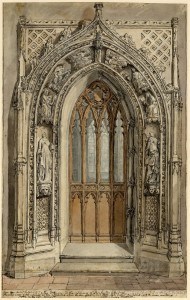
John Carter, Entrance to the Library of Rochester Cathedral, c. 1780-86, Pen and grey ink and grey wash and watercolour, over graphite © The Trustees of the British Museum
The second drawing by Robert Stothard in Douce’s collection depicts the less controversial figures in the jambs of the West doorway:
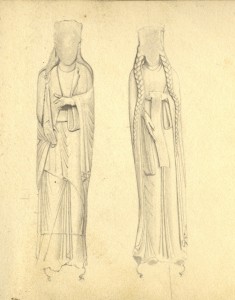
Robert Stothard, Henry I and Queen Matilda, c. 1825, graphite, ink, and grey wash (Ashmolean Museum, Oxford)
Stothard’s designs were actually preparatory drawings for the etching below (a proof before letters), which might have appeared in an as-yet unidentified publication, possibly in connection with his brother’s Monumental Effigies of Great Britain:

